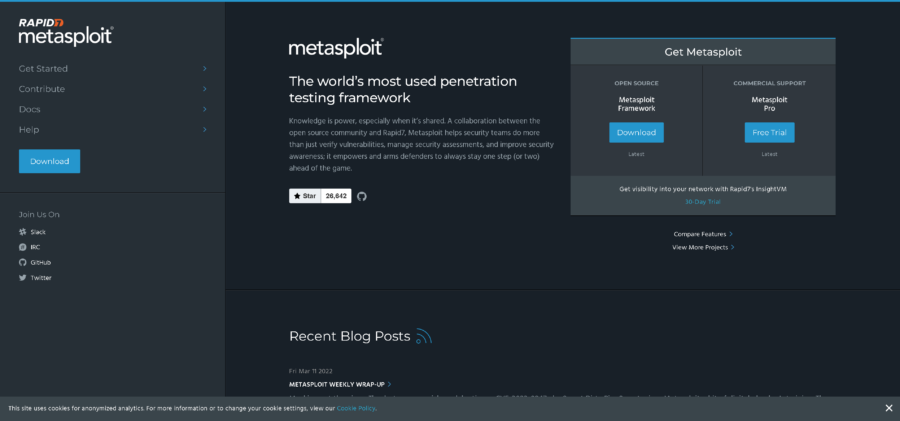Cloud computing has emerged as an innovative player in the industry with many organizations as well as individuals reap among numerous benefits that it offers. With its e-learning programs and online education in general, the education industry seems to be leading the way in adopting and making full usage of this technology. Cloud computing offers several key benefits such as low cost, flexibility, reliability, redundancy, and a higher return on investment. There are three main types of services offered by the cloud:
Novel as it sounds, cloud computing indeed promises numerous benefits and arguably few risks related to data security, vulnerability, confidentiality, etc. –Nevertheless, benefits far outweigh associated risks. Getting the basics out of the way, cloud computing technology has been rapidly adopted by a wide spectrum of industries. Educational institutions and universities across the globe continue to reap benefits of this technology.
The following example demonstrates the power of cloud computing. In a typical university setting, the IT infrastructure provides the requisites to students for effective use of technology as a learning aid. Similarly, professors, librarians, and administrative staff are also catered to by the IT department. For Instance, Exchange Server may be setup to provide e-mail facility to users, various software applications specific to certain learning methodologies, and data storage servers, fall within the purview of the IT department.
With the adoption of cloud computing, a shift in paradigm can be evidenced, since SaaS, IaaS, or PaaS can essentially replace some or even all of the aforementioned requirements. With this new adoption, for instance, students, professors, and administrative staff can be provided software and hardware related services at a much lower cost and less headaches using cloud computing. All software as well as hardware can now be outsourced to Service Providers. Researcher at the University, whose projects require a great deal of processing power and/or additional server capacity can do so by opting for the IaaS option.
Therefore, the entire University can virtually run and managed using cloud computing, potentially savings millions in costs. While cloud computing is growing exponentially and impacting not only businesses in a favorable manner, it is also influencing the way we conduct our daily life.
By Syed Raza





